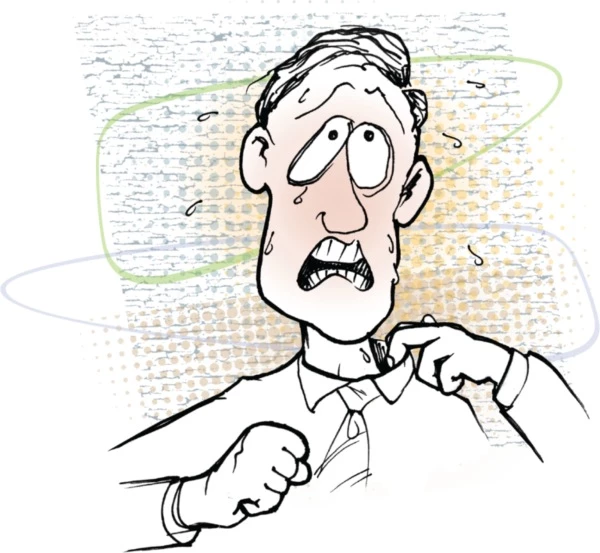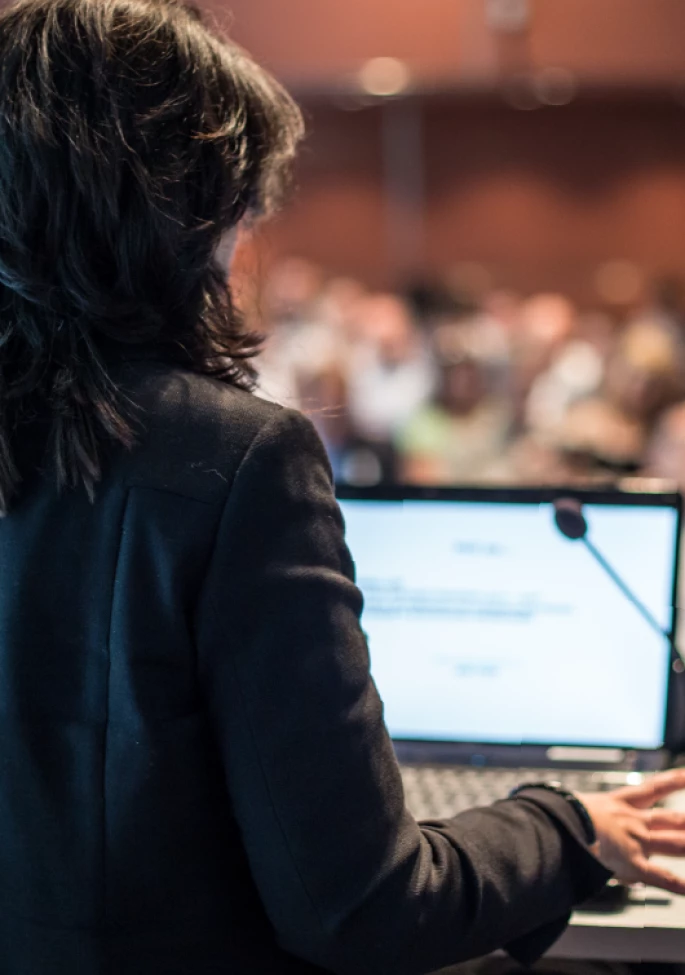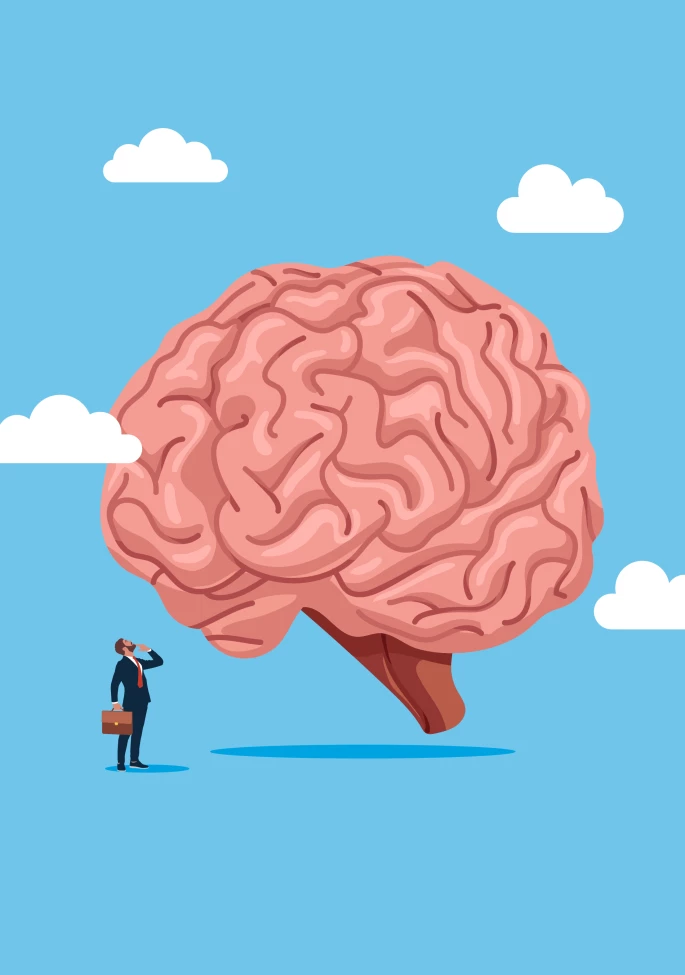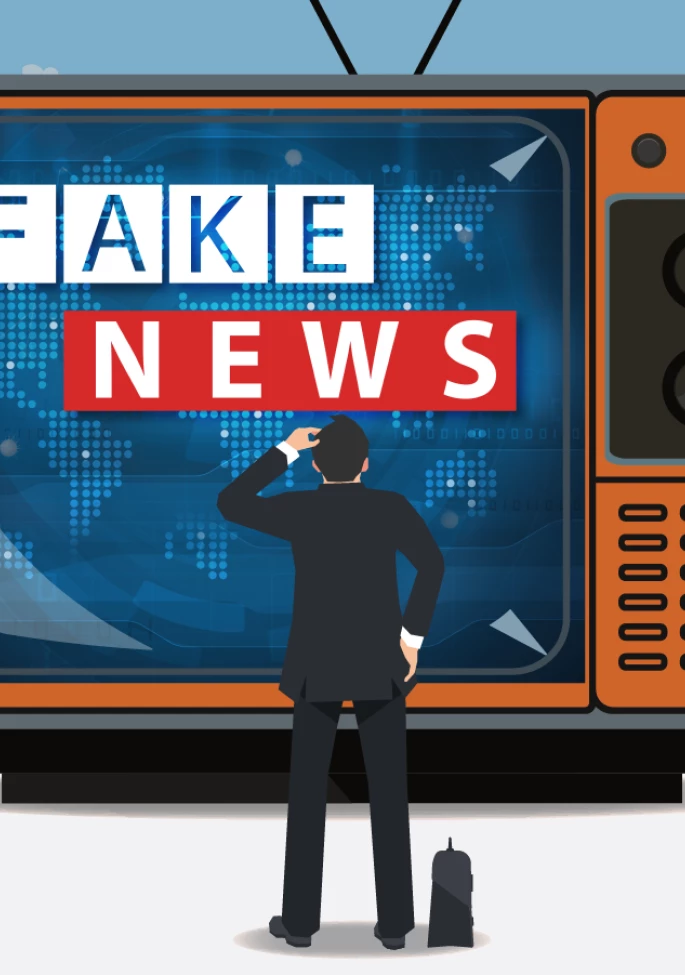Your hands shake. Your voice trembles. Your face reddens. We’ve all been there, having to give a presentation in front of people and fighting back the nerves that come along with it. Whether in front of your peers or in front of a jury or judge, public speaking is a high-stress situation. And testifying in front of a jury adds even more pressure. These witnesses are under unforgiving scrutiny.
Unfortunately for witnesses, we’ve often had jurors tell us in post-trial interviews that “the truth is the truth,” so if a witness is telling the truth, he shouldn’t be nervous after testimony gets underway. As a result, many of the common nervous ticks described above can actually hurt a witness’ credibility in the courtroom.
These signs of nervousness—that we’ve all experienced—can be interpreted inaccurately by jurors as signs of a lack of credibility. Witnesses’ own body language can essentially “testify” against them.
Luckily, while we may not have control over how every juror perceives a witness, witness preparation techniques can increase the chances of a positive perception by removing or minimizing a witness’ negative/distracting body language. To aid in this preparation, the following explains how certain body language can lead jurors to a bad impression of a witness, as well as how to correct some of these problematic behaviors.
Fidgeting
One of the most classic body-language signals of nervousness is fidgeting, be it with our hands or our entire body. Witnesses are placed in a high-anxiety situation, so it’s no wonder they are prone to nervous gestures and fidgeting. Nevertheless, jurors perceive these gestures as nervousness about what the witness is testifying about, rather than as simply public-speaking nerves.
So, a witness who repeatedly takes a drink of water, plays with the mic cord, talks with his hands, or cleans his glasses is perceived as either stalling to “think of an answer” or nervous because they aren’t telling the truth. Moreover, witnesses who rock back and forth or shift position are seen as uncomfortable about what they are saying—as are witnesses who play with their hair or jewelry, tap their nails on the table, crack their knuckles, or grip the edge of the table tightly.
There are a few things witnesses can do to avoid these types of behaviors. First, they should remove all distracting items. For instance, if witnesses have jewelry or long hair that they’ll be tempted to play with, they should take off the jewelry and pull their hair back away from their face.
A witness needs water to stay hydrated, but they should be cautioned not to use the water as a stalling technique by taking a drink between the question and the answer. We had a witness do exactly that, and jurors commented that “He tried to make it look like he was thirsty, but it was really a strategy to think of the answer”—clearly believing the witness was taking time to make up a response.
The body is a feedback system, so the more a witness enacts nervous behaviors, the more the body floods with adrenaline, which just makes them more nervous!
If the witness tends to have anxious gestures, try to substitute something that is not distracting. For instance, slow calf stretches during testimony can be less intrusive and have the added benefit of burning off some of that disruptive adrenaline. Or, have your witness channel that energy by bending a paperclip under the table (out of view of the deposition camera or jury).
Eye Contact
Eye contact is one of the fundamental ways human beings relate to one another, so it’s no surprise that this is an important factor for jurors when judging witness credibility. Witnesses who avoid eye contact with the attorney or jury tend to be evaluated as less credible than those who give consistent, confident eye contact.
A long history of research has shown that a lack of eye contact, such as looking down and away or having quick, darting eye movements, can be perceived by jurors as the witness being distracted, unengaged, or deceptive. Comparatively, witnesses who provide direct eye contact are evaluated as confident, knowledgeable, open, and engaging.
There are two important areas that need to be addressed to improve eye contact: focus and breadth.
One of the things that inexperienced public speakers (including witnesses in a trial) have the most trouble with is direct eye contact. Looking straight at an attorney or the jurors in the box is intimidating and can make witnesses extremely nervous.
If a witness has trouble making eye contact with jurors, consider having them focus on a point just above the jurors’ heads or on their nose and mouth. This gives a witness a less intimidating place to look at while still offering the illusion of eye contact for jurors—and allows the witness to work up to actual eye contact. On the other hand, you’ll want to caution the witness from picking one specific juror as his anchor of focus.
This latter point speaks to our second point: breadth. It is tempting for nervous witnesses to select one juror to focus on, as one person is less intimidating than a whole group. However, as we have heard directly from jurors in post-trial interviews, this can make that one juror feel very uncomfortable, while causing others to feel excluded from the conversation. To fix this issue, have witnesses scan the entire jury when talking, spreading eye contact to various jurors.
Furthermore, make sure the witness isn’t only talking to the jury—the attorney is also part of the conversation. As a rule of thumb, on shorter answers, it is OK for a witness to focus their eyes on the attorney; on longer answers, they can begin by looking at the attorney, and then include the jury with a slight turn of the head and scan of the eyes. [More on courtroom eye contact best practices here.]
Again, there’s a cycle to these behaviors: if a witness delivers good eye contact and engages with the jury, the jury is more likely to engage in return, which has the added benefit of helping to make the witness less nervous.
Dry Eyes / Dry Mouth
In addition to maintaining eye contact, witnesses should be careful not to blink excessively. This physiological response is often the result of nervous witnesses experiencing dry eyes, causing them to blink to try to wet their eyes. Experiencing dry eyes is particularly true of witnesses wearing contacts—but frequent blinking makes witnesses appear nervous or, worse, like they have something to hide.
For instance, in a post-trial interview exchange, a trial juror stated, “Mr. Smith wasn’t truthful.” We asked her, “How do you know he wasn’t truthful?” She replied, “He blinked a lot, making him not only look uncomfortable, but also unsure of what he was saying.”
Another physiological response to nerves is dry mouth, which can cause witnesses to excessively clear their throats—and this behavior carries similar implications with the jury.
While dry eyes and dry mouth are typically autonomic reactions that are difficult to control, we recommend educating witnesses about these possibilities. And, for witnesses who indicate they experience these symptoms when nervous, we recommend encouraging them to wear glasses instead of contacts and to stay hydrated, while providing strategies to help them better relax on the stand.
Posture
Jurors also evaluate witness credibility by how they position their body. For example, if a witness leans back in their chair, mock and actual trial jurors have perceived this posture as if the witness “doesn’t want to be there” or, in the case of a medical doctor or other professional, that they are arrogant. Similarly, a witness who is slouching or has hunched shoulders looks defensive, tentative, unknowledgeable, and/or guilty.
In a case we worked on a few years ago, where a legal professional was accused of malpractice, the witness naturally had poor posture when sitting at the table. Being a tall woman, she had learned to slouch to make herself appear shorter—but this posture damaged her credibility.
When we tested this witness in front of a group of mock jurors, she received relatively low credibility scores. Many jurors listed the reason for their rating as, “She looked like she did it, since she looked like she was scared and unsure of herself.” When asked how they came to this conclusion, one replied, “If she was telling the truth, she would have looked more confident and sat up to show it.” Here, this witness’ posture was sending a different message than her testimony
Jurors often believe that nonverbal behavior telegraphs the “real” truth behind a person’s words, much like a poker tell.
To help a witness improve their posture, have them place their backside against the back of the seat, sit up, and lean forward. (To jurors, leaning forward makes witnesses seem more engaged and involved in the discussion.) Granted, posture is an ingrained behavior your witness has been doing most, if not all, of their life. Therefore, we recommend you send the witness home with some “homework”—that is, to practice for one hour a day sitting up and leaning slightly forward so they get used to this position. Every day they should increase the amount of practice time until the new posture is no longer a distraction to them.
We want our witnesses to practice good behavior before they testify in trial or in a deposition, so it doesn’t become a distraction for them on the day it counts. Otherwise, you have witnesses focusing on their posture rather than on the content of the questions being asked. In the long run, that’s a recipe for disaster.
Blocking the Body from View
Finally, witnesses should be careful not to seem as though they are intentionally blocking parts of their body from the view of the jury—for example, hands blocking the mouth, arms crossed, or body slanted away from the jury. This makes it appear as though they are trying to hide themselves from view, and consequently, jurors perceive them as less trustworthy.
Witnesses can avoid these behaviors by trying to keep themselves open to the jury, with their hands relaxed on the table in front of them; this lets the jury know they aren’t hiding anything.
Overall Improvement: Practice & Feedback
One of the best things your witness can do to improve their performance is to practice! Think of it like sports: in baseball, batters practice their swing time and time again so they can perform the same great swing automatically—even in an adrenaline-filled game situation.
Witnesses face a similar predicament, so when nervousness inevitably hits during their testimony, practice helps them react and recover without displaying the distracting behaviors discussed above.
Now, a witness should not practice so much that they seem scripted. Over-practicing prevents witnesses from improvising on the stand and can create even more nervousness if the testimony goes in a direction they were not expecting. Secondly, witnesses should get an outside observer to evaluate their practice. Being critiqued may be intimidating, but getting feedback from someone else can let the witness know about behaviors they aren’t even aware of.
For instance, it is not uncommon for new public speakers to finish their speeches and have no idea what happened as they spoke. With a combination of nerves and high levels of concentration on what they are saying—rather than how they are saying it—it’s not surprising that they have little memory of what happened. Therefore, an outside observer (such as a trial consultant) can let the witness know what they were doing while speaking and offer suggestions to help correct any detrimental behaviors.
Recording a testimony and having the witness watch it back has a similar function; although, many people are resistant to watching themselves on video. This can occasionally make witnesses even more self-conscious and overwhelmed, such that their progress gets stalled. So, while recorded practice testimony is an effective tool in correcting nonverbal behavior, you’ll want to consider its implementation on a witness-by-witness basis.
Final Thoughts
While body language can be difficult to control—particularly in a high-stress situation such as testifying in court—a witness prep session or two can reduce (or even remove) body language that might make the witness seem untrustworthy to a jury. Just remember, practice helps! In the end, we want witnesses’ words to speak louder than their actions.
Sometimes, having the feedback come from a trial consultant can help maintain the relationship the attorney has built with their witness. Please let us know how we can support your witness preparation efforts.
Illustration courtesy of IMS Senior Graphic Designer John Ilg.







